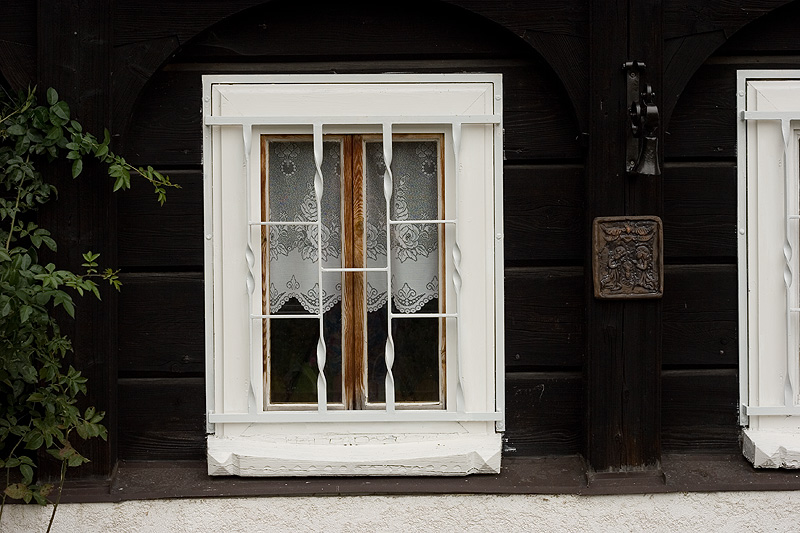
CZJ Pancolar 1,8/50 was a mainstay of my film photography and I was very comfortable with the lens. Later I decided to move in direction of Contax glass and cameras and bought CZ Planar 1,7/50. To my surprise, there was esentially no visible difference in my pictures produced with the Planar. Therefore I performed test of the two lenses to evaluate the differences. It was done on film, which was scanned by Nikon LS-40 scanner at 2900 dpi. At the time I found the lenses to be comparable and differences negligible - at least in relation to my analog-digital workflow.
After switching to digital, Pancolar has become my most often used lens on a 20D. Paired with 20D's high ISO capabilities I was able to shoot in virtually any light conditions and get reasonably sharp pictures at f/1,8. And in good light outdoors with aperture stopped down the lens turned superb pictures as well, highly detailed with minimal flare. Pancolar also has become my lens of preferrence for panoramas. On the contrary I almost never used Planar with my 20D, because I felt the negligble difference in quality was not worth the hassle with adaptor and after all, I needed it for other lenses.
Focus point is on the curtain, which means it is slightly behind the plane of the window and also behind the bars. The intent is to evaluate center sharpness, though right upper corner provides some detail as well. Exposure times are 1/3000 for f/1,8 or f/1,7 and 1/250 for f/5,6.

Left Pancolar, right Planar.
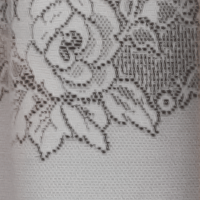
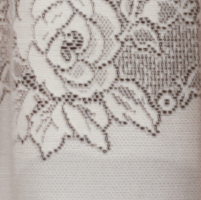
Pancolar appears to be bit sharper, but overall the performance is quite comparable. Note, that it is quite possible that focus was slightly off with Planar despited the effort to prevent it, as 20D viewfinder offers no focusing aids and is rather ill-suited for manual focusing. Planar is also noticeably warmer in color.
Left Pancolar, right Planar.
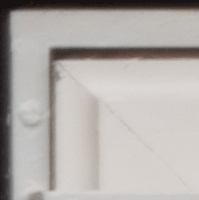
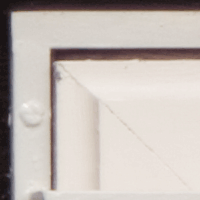
Planar is clearly better here, retaining more sharpness and contrast than Pancolar.
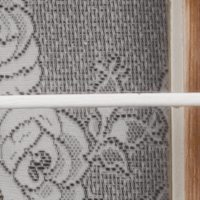
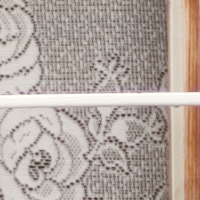
There are slight hints of chromatic abberation in form of purple halos around bright objects in Planar images, while Pancolar images are virtually CA-free. In this example the object (white bar) is not even out of dynamic range of 20D's CMOS sensor.
Left Pancolar, right Planar.
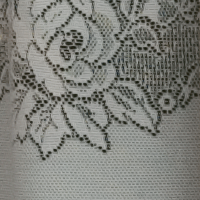
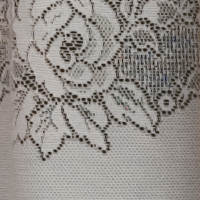
At f/5,6 both lenses show excellent resolution and even after hard looking one cannot pick up any differences in detail, that would not be due to difficulties with demosaicing the fabric's pattern. I guess both lenses easily outperform the sensor at this aperture. Again, slightly warmer rendition of Planar is noticeable.
Left Pancolar, right Planar.
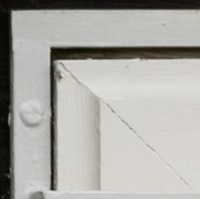
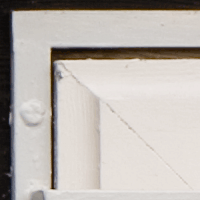
Corner sharpnes at f/5,6 is very close if not equal. At close inspection Pancolar seems to give ever so little more detail. Honestly, the unsophisticated test methodology makes such little difference quite irrelevant.
As is often the case with tests like these, there is no clear winner. Pancolar seems to have slight resolution advantage wide open and exhibits very little chromatic aberration. On the other hand, Planar has pleasing warmer rendition of colours, is visibly better in corners wide open. Both lenses are essentially equal when stopped down to f/5,6.
For me, this test means that for low light photography this lens is no worse than Planar, whose better edge performance at wide apertures is not very relevant as these areas of picture are usually out of the narrow DoF anyway. For outdoor photography there's also little penalty for not using Planar. The warmer and richer colour rendition may remain the only reason to try Planar outside, but honestly, I think little PS adjustment is likely to be adequate substitute.